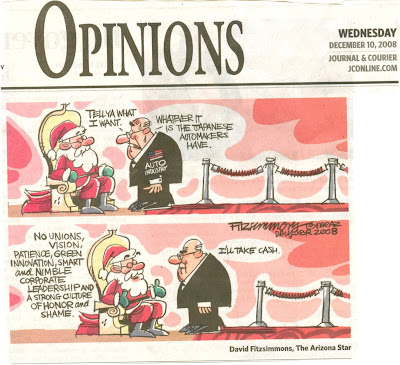It was around Labor Day, 1999, when my copy of Harvard Business Review arrived. As usual, I quickly reviewed the Table of Contents and saw Decoding the DNA of the Toyota Production System by two guys I’d never heard of, Steve Spear and Kent Bowen. I read the entire article, twice, that same day. As a guy newly into seeing Lean work, the article explained much of what I was already seeing and challenged me deeply. It also seemed as if the writing style connected at a very deep level for me.
Since that pivotal time, I've worked hard to integrate the key findings he presented. I’ve given away dozens of copies of the article and read much of Spear’s subsequent work on the Toyota Production System. In each case, Steve’s writing seemed to resonate to me, being both readable and remarkably clear. Therefore, I was thrilled to review his newest book, Chasing the Rabbit which came out a couple months ago.
This book continues the style Spear showed in his earlier articles. It is clear, to the point and combines two things often held in tension; the rigor of an academic author and the story-telling skill of a fine novelist. As such, the book contains real substance, while at the same time being very readable, nearly a “page turner” for those of us fascinated by the pursuit of process excellence.
But what content? There is one central theme which makes this book compelling to me. That theme is complexity.
Many business books simplify situations for the sake of teaching. It is helpful, even necessary, for the person new to a topic to start with the simple case. Yet, I’ve been trying to drive Lean systems for 10 years now and it is painfully obvious to me that my company and our environment is anything but simple. I’ve thus had to extrapolate from the simple examples to our reality.
Spear takes this problem head on. He contends, with convincing evidence, market leaders simply understand complexity in an entirely different manner than market laggers. The key to the whole book, to me, is captured in this quote from page 229, describing Alcoa’s remarkable progress in worker safety:
Alcoa discovered that perfectly safe systems defy conceptual design but are very close to achievable through a dynamic discovery process in which (a) complex work is managed so that problems in design are revealed, (b) problems that are seen are solved so that new knowledge is built quickly, and (c) the new knowledge, although discovered locally, is shared throughout the organization.
Spear’s core theme is that excellence in any complex system cannot be designed in; we simply are not smart enough to anticipate every possible interaction that can happen. However, if we are philosophically and technically prepared to “listen” to what the complex system tells us, it will show us the breakdowns. If we fix each one, being careful to learn and then intentionally distribute that knowledge, we gain something impossible to replicate.
He repeats this theme in multiple ways, both in how it is done well and done poorly. He makes a significant contribution by drawing on excellence in spots besides Toyota. Aloca’s safety record and the US Navy’s Nuclear Power Propulsion Program are prime examples. He also breaks down significant failures; the loss of the Space Shuttle Columbia, medical mishaps in hospitals and the decline of General Motors. The themes of a failure to “listen” to the messages of complex systems coupled with a failure to disseminate the lessons that are learned show up repeatedly in the market followers.
It appears that Spear finished up work on this book in July 2008. I would really like to see some future work, using this method of analyasis, on the bank and credit meltdown which occured only a few months later. Would use of these principles have mitigated some of the financial mess we find now?
Spear’s observations resonate with the reality I’ve seen in my career. By making complex systems more explicit, along with specific recommendations on how to understand them, he does business a great service. Regular readers of Spears will recognize some of these themes from earlier work…his overarching summary, however, is a new synthesis and, in my opinion, a very accurate one.
I highly recommend this book. It is an important part of the business literature.
Click here to subscribe to Learning about Lean by email.



















